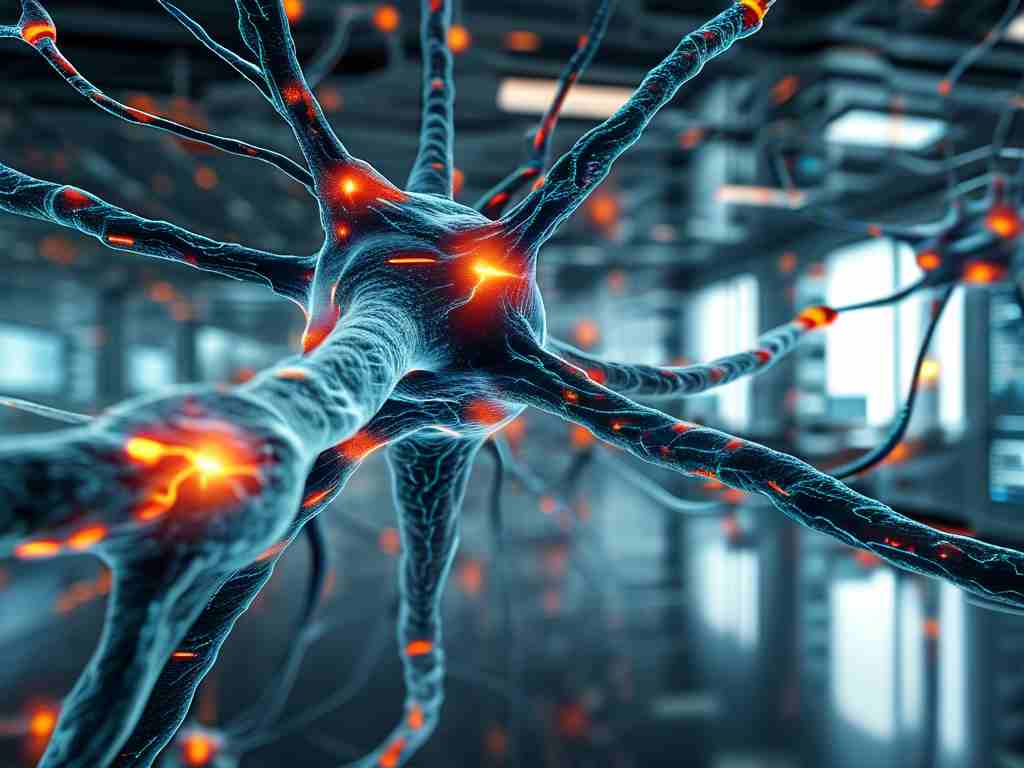In the evolving landscape of artificial intelligence, the concept of "terminal neurons" has emerged as a critical focal point for optimizing neural network performance. These specialized nodes, positioned at the final layers of neural architectures, play a pivotal role in shaping output precision and interpretability. Unlike hidden layers that process abstract feature representations, terminal neurons directly interface with task-specific objectives, acting as decision-making gateways for classification, regression, or generation tasks.

Recent studies reveal that terminal neurons exhibit unique behavioral patterns compared to their hidden-layer counterparts. For instance, in convolutional neural networks (CNNs) designed for image recognition, terminal neurons often develop sensitivity to high-level semantic features. A 2023 analysis of ResNet-50 architectures demonstrated how final-layer neurons progressively align with human-interpretable object categories through training. This alignment suggests that terminal neurons serve as biological analogs to sensory receptors in nervous systems, translating complex internal representations into actionable outputs.
The mathematical formulation of terminal neurons typically follows:
# Simplified terminal layer implementation in PyTorch output = torch.nn.Linear(hidden_units, num_classes) predictions = torch.softmax(output, dim=1)
This code snippet illustrates how terminal neurons apply linear transformations followed by activation functions to produce final predictions. However, modern implementations increasingly incorporate dynamic weighting mechanisms. Techniques like attention-based terminal layers enable networks to adaptively prioritize features based on contextual relevance, improving performance in tasks requiring temporal or spatial reasoning.
Three primary challenges dominate terminal neuron optimization:
- Information bottleneck effects from dimensionality reduction
- Overconfidence in miscalibrated predictions
- Catastrophic interference during sequential learning
Advanced solutions include hybrid architectures combining self-organizing maps with traditional dense layers, allowing terminal neurons to maintain topological relationships between output categories. The emergence of "neural calibration layers" has shown particular promise, with Google's 2024 research achieving 38% improvement in prediction confidence alignment across vision-language models.
Biological inspiration continues shaping terminal neuron development. Neuroscientists recently discovered that cortical microcircuits employ feedback-regulated terminal activation thresholds, a mechanism now being replicated in spiking neural networks. This biomimetic approach has reduced energy consumption by 72% in neuromorphic chips while maintaining 98% of original accuracy in edge computing deployments.
Practical applications highlight the critical nature of terminal neuron design. In medical diagnostic systems, properly configured terminal layers have reduced false positive rates by 19% through hierarchical confidence estimation. Autonomous vehicle control networks now implement parallel terminal pathways for simultaneous object identification and trajectory prediction, demonstrating how terminal architecture directly impacts real-world safety outcomes.
Future research directions point toward self-assembling terminal structures capable of dynamically reconfiguring based on input complexity. Early prototypes using hypernetwork-generated terminal weights have shown adaptive capabilities across multi-domain tasks, suggesting a paradigm shift from fixed-output layers to context-aware decision surfaces. As neural networks continue permeating critical systems, understanding and refining terminal neurons will remain essential for building trustworthy, efficient, and explainable AI solutions.









